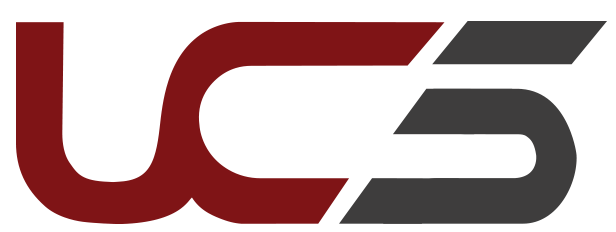Medical devices — Quality management systems Requirements for regulatory purposes
ISO 13485:2016 specifies requirements for a quality management system where an organization needs to demonstrate its ability to provide medical devices and related services that consistently meet customer and applicable regulatory requirements. This standard applies to organizations involved in one or more stages of the life cycle of a medical device, including design, development, production, storage, distribution, installation, servicing, and disposal.
It focuses on risk management, regulatory compliance, and maintaining the effectiveness of the quality management system. ISO 13485:2016 is globally recognized and ensures the safety and quality of medical devices, fostering trust between manufacturers, healthcare providers, and patients.
Benefits of ISO 13485:2016:
- Regulatory Compliance:
Ensures compliance with global regulatory standards for medical devices, facilitating market access and approval in different regions. - Improved Product Quality:
Guarantees consistent production of safe, effective, and high-quality medical devices. - Risk Management:
Implements a systematic approach to identifying and mitigating risks throughout the product lifecycle. - Customer Satisfaction:
Enhances customer trust and confidence by demonstrating a commitment to safety and reliability. - Operational Efficiency:
Streamlines processes, reduces errors, and promotes continuous improvement in manufacturing and management. - Global Recognition:
Boosts credibility and competitiveness in the global market by adhering to an internationally recognized standard. - Supply Chain Confidence:
Builds stronger partnerships with suppliers and stakeholders through adherence to robust quality management practices. - Improved Documentation:
Ensures accurate, consistent, and compliant documentation across all stages of the device lifecycle. - Market Expansion:
Facilitates entry into regulated markets by meeting their specific quality and regulatory requirements. - Risk Reduction in Liability:
Minimizes the risk of non-conformance, recalls, and legal liabilities through structured quality management practices.

